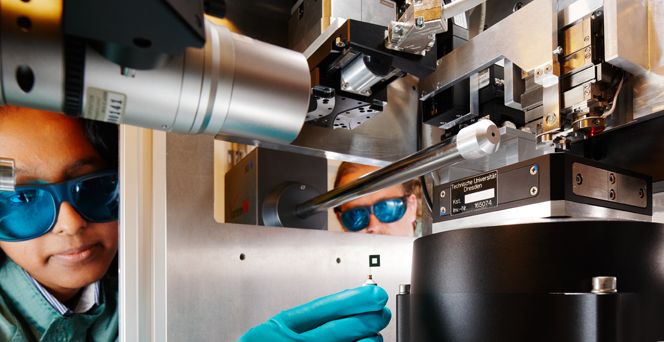URL: https://www.desy.de/research/facilities__projects/petra_iii/index_eng.html
Breadcrumb Navigation

PETRA III
X-ray radiation source PETRA III
DESY operates one of the world's brightest storage-ring-based X-ray radiation sources: PETRA III offers scientists outstanding opportunities for experiments with X-rays of exceptionally high brilliance. This particularly benefits researchers investigating very small samples or requiring tightly collimated and very short-wavelength X-rays for their experiments – ranging from medical research to nanotechnology.
When it was commissioned in 1978, the 2.3-kilometre-long PETRA storage ring was the world’s biggest accelerator. It was initially used to deliver electron–positron collisions for particle physics experiments. Just one year after the accelerator powered up, particle physicists at PETRA made a groundbreaking discovery. They succeeded in directly observing the gluon for the first time. The gluon is the carrier particle of the strong force, one of the four fundamental forces of nature, which binds the quarks together, the building blocks of all matter.
Brilliant X-ray source
After the end of its particle physics career and an intermezzo as a pre-accelerator for the even larger HERA ring, the storage ring was converted into a highly brilliant X-ray source. Since 2010, PETRA III has been one of the brightest storage-ring-based X-ray radiation sources in the world. The facility offers optimum experimental capabilities at 25 beamlines with almost 60 measuring stations. This is also thanks to an unusual experimental hall: the floor of the nearly 300-metre-long hall „Max von Laue“ is made of the longest concrete slab ever cast in a single piece. The slab shields the measuring stations from disturbing vibrations, thus enabling extremely precise experiments.
Researchers from around the world are extremely interested in PETRA III. The facility is regularly overbooked and only a fraction of the experiment requests can be granted. DESY has therefore further expanded the facility with two new experimental halls including additional measuring stations.
Excellent outlook for research
PETRA III's brilliant X-ray beams are up to 5000 times finer than a human hair. These tightly collimated beams make it possible to study extremely small samples, such as tiny protein crystals or nanocrystals that will be used in the hard drives of the future.
Molecular biologists, for example, use the X-rays produced by PETRA III to explore the spatial atomic structure of protein crystals. An important application is the development of new medications that can be targeted precisely at the location where a pathogen attacks. To this end, the European Molecular Biology Laboratory EMBL constructed an integrated research facility for structural biology at PETRA III. Its three state-of-the-art measuring stations decidedly speed up research on molecules that make the difference between human health and disease.
PETRA III can also generate very “hard” (i.e. short-wavelength) X-rays, which penetrate deeper into materials than other X-ray radiation. This important advantage opens up many new opportunities in materials science – for example, when testing welding seams, checking production parts for signs of fatigue or analysing new metal alloys for the automobiles and aircraft of tomorrow. The Helmholtz Zentrum Hereon exploits these benefits at its two measuring stations for materials science at PETRA III.
- Ring accelerator for electrons and positrons, later also protons
- Length: 2304 metres
- Commissioning: 1978
- 1978–1986: particle physics
- 1987–2007: pre-accelerator for HERA and X-ray radiation source
- Since 2010: one of the most brilliant storage-ring-based X-ray sources in the world
- 25 beamlines with almost 60 instruments


